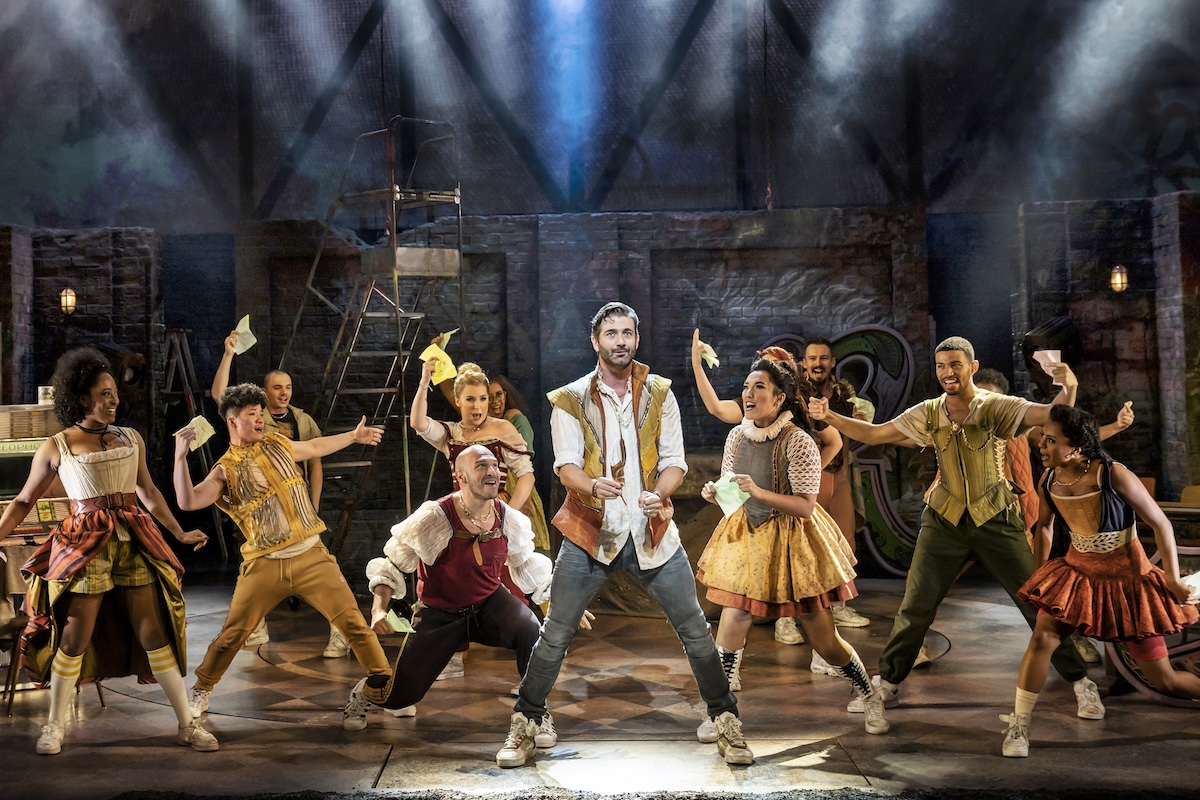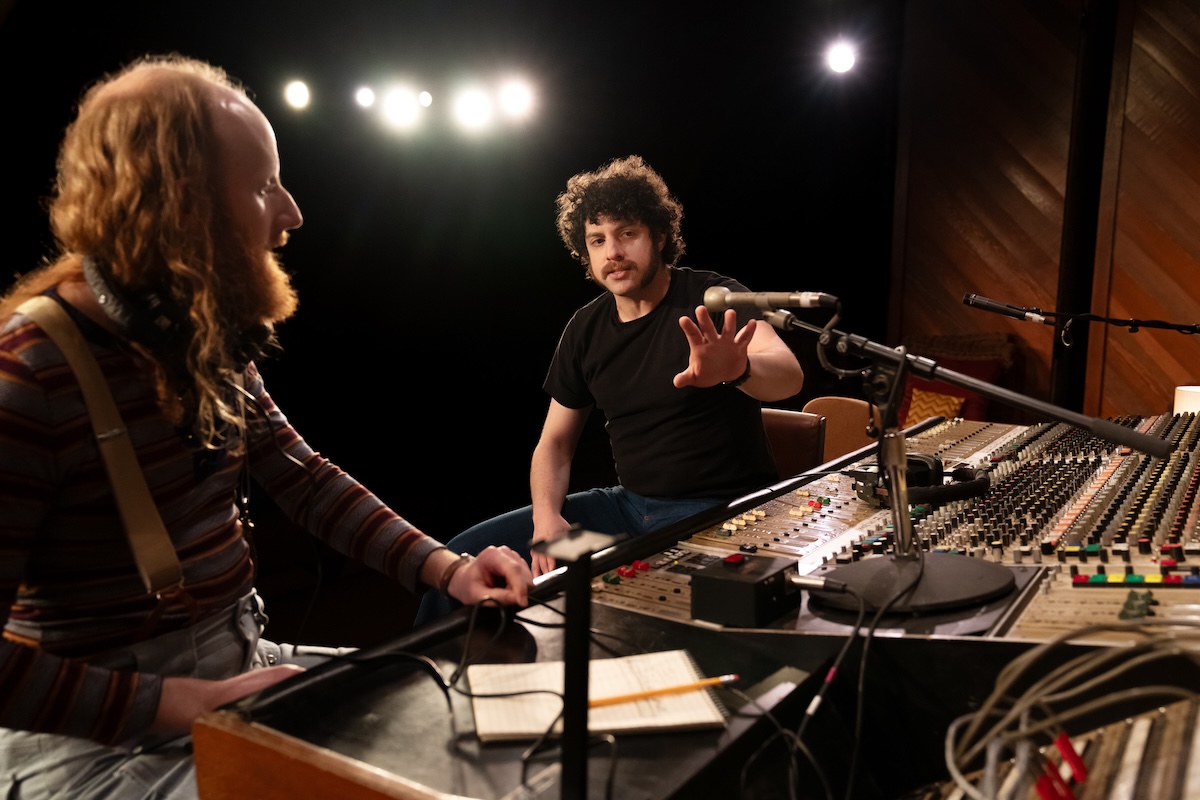The Artist’s Product
What is the relationship between art and money?
Well here we are on my final blog of the semester. It is fitting then that this week I should digress on what is probably one of my more controversial views on theater.
In the theater world, “commercialism” and “commercial theater” are often used in an almost derogatory way. Implicitly, there is an antithetical relationship set up between “art” and “commercialism.” The more commercial something is, the less artistic. I’m not saying that everyone thinks in such black and white terms, but that framework does inform the way we think about art and the business of theater.
This is rather dangerous though, because that inverse correlation implies that the only “true art,” the quintessential art, if you will, would be free to the public but unattended and unheard of. The ultimate hipster event.
Art is a product, like any other. It should be designed well, and it should accomplish something that people will find valuable. Whatever its goals, whether it seeks to entertain, to educate, to evoke, or to inspire, its success can be, if not measured, then roughly gauged by how its audience reacts.
Perhaps because there is something very purely subjective about most art, whereas we think of things like staplers having objective specifications, a lot of people tend to separate art from other commercial products… like staplers. But I don’t see any particular advantage to this viewpoint. Once art is no longer a product, it is no longer clear why people should pay you for it. We sell tickets on the assumption that whatever experience people have in the two to three hours they give us will be worthier to them than the bills they shelled out for it. Theater is a business and if you’re making money, you must be doing something right.
A lot of words come to mind when I reread what I just wrote. “Sellout,” for example… “Twilight,” and “Titanic in 3-D.” To be clear, I am not writing this editorial piece in universal praise of commercialism. What I am saying is that stuff that a lot of people dismiss as embarrassingly successful cultural detritus is in fact really really good commercial art.
Obviously people find it entertaining, or they wouldn’t go see it. Now it may not be for everyone, but when you take in a billion dollars on opening weekend it’s pretty close.
So if you want to make unique art, that’s wonderful. People who aren’t really into seeing the same basic story recycled over and over again will love you for it. However, don’t discard everything that makes commercialism so dominant out of hand. Ask yourself, what are some things about commercial art that really draw people in? Could I include some of those elements without harming my concept, and by doing so make my concept more accessible and thereby get to tell my story to hundreds if not hundreds of thousands of more people? The list is a long one, but here are a few elements of popular art that I’ve noticed to get you started:
1. Bears.
2. Sad people being sad.
3. Bears.
4. George Clooney being sad.
I’m sure I’m missing a few things on that list, but you can fill in the blanks. And if you think of your art as a product, you can better think of how you’re going to sell it. My goal here is not to devalue art, but to value it. And if that makes me a sellout, then at least someone’s buying.
Thank you all for reading.










